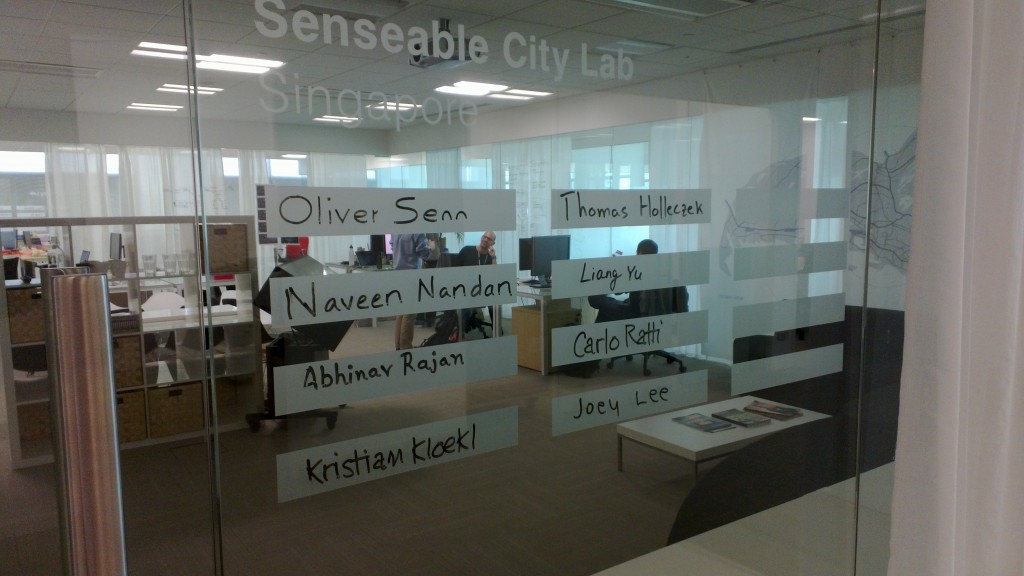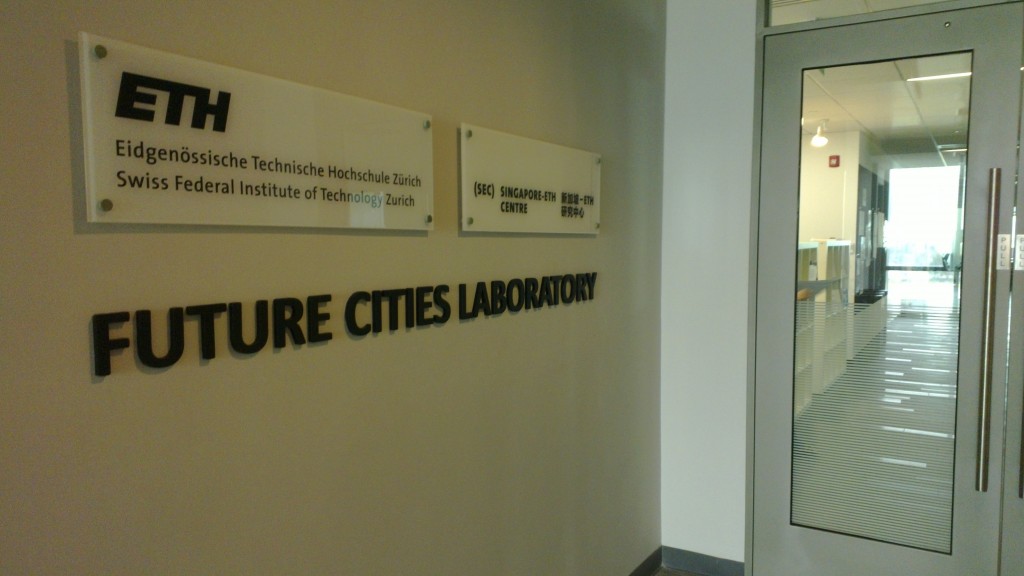In London I met with Usman Haque. His company was founded as Pachube, but has since been bought and the name changed to Cosm. While still heavily involved with the growth of his company, he also now has an Urban Projects Division that works on special projects with cities around the world.
His product is an API that sits between sensors and a data store. It also sits between users and the data store. It has the ability to control who uses which data from which sensors, how long the data can be accessed for, by who, from which IP addresses etc
One of the biggest customers is called Current Cost (http://www.currentcost.com/ ) – it makes sensors that monitors energy use in private homes and has sold over one million energy monitors. The devices come ready for Cosm out of the box. One of the lessons he’s learnt from this scale of involvement is that a big thing to watch out for is resilience – how do sensors deal with failure management?
Usman is a big believer in the bottom up approach in sensing cities, as opposed to that advocated by various vendors. He’s especially interested in how citizens get involved in measuring their own environments, and how they react to that information. This is illustrated in the case of IAAC in Spain (http://bit.ly/WviA05 ) which is an initiative for supporting the building/networking of citizen sensors.
Usman has written about his concerns with the current smart cities thinking in this Wired article :
We, citizens, create and recreate our cities with every step we take, every conversation we have, every nod to a neighbour, every space we inhabit, every structure we erect, every transaction we make. A smart city should help us increase these serendipitous connections. It should actively and consciously enable us to contribute to data-making (rather than being mere consumers of it), and encourage us to make far better use of data that’s already around us.
Usman goes on to say:
Children could learn which side of the park to play on. People could decide to walk different routes to work. They could measure the specific impact of their own cars. They could learn more about the real-time impact of attempts to improve their local air quality, for example by planting greenery around or inside their homes. They could easily experiment with and share strategies with each other. None of this is possible if they’re merely passive consumers of someone else’s data.
[…] empowering citizens to find and build their own solutions dynamically may yet allow the full potential of smart cities to be realised.
Usman was very interested in the project, and made some very kind offers about how Cosm could help with the Sensing City. He also mentioned the work of Chris Osgood and Nigel Jacob in Boston in “participatory urbanism”(that’s them in the photo below), and I’m hoping to meet them in Boston on Monday.


